|
A poster informing the public about the testing of the air raid siren in the locality. Currently, unknown where this was issued.
0 Comments
Another photo of the 1938 recruitment drive for volunteers to join the Air Raid Precautions (ARP) services. Several different posters shown and you can see each in more detail on this previous blog post.
The "Serve To Save" poster (see below) was designed by graphic artist James Gardner. Prior to the outbreak of the second world war he was an illustrator for the Ministry of Information producing a number of posters. During the war he also worked on a range of deception projects including inflatable decoy tanks and landing craft. A poster detailing the air raid siren alerts plus use of a warden's whistle, bell and rattle, as well as church bells being rung to notify of paratroopers during the second world war.
Designed by Tom Purvis (1888-1959), the below - "In A Raid - Don't Stand And Stare At The Sky. Take Cover at once" is one of several similar looking information posters that appeared early in the war. Measuring 25cm x 76cm the example shown is coming up for auction and has an estimate of £120 to £240 currently.
Other ones include: "In a raid - Open your door to passers-by -- They need shelter too" "In a raid - Motorists — park your car close to the kerb off the main highway. AT NIGHT, switch off the head lamp. Keep side and rear lights" Not many of these will have survived down the years; a Lambeth Fire Guard window display poster. Would allow people to identify the home of a Fire Guard member, possibly the party leader.
|
Please support this website's running costs and keep it advert free
Categories
All
Archives
June 2024
|
|
|
Copyright © 2018–2024
|
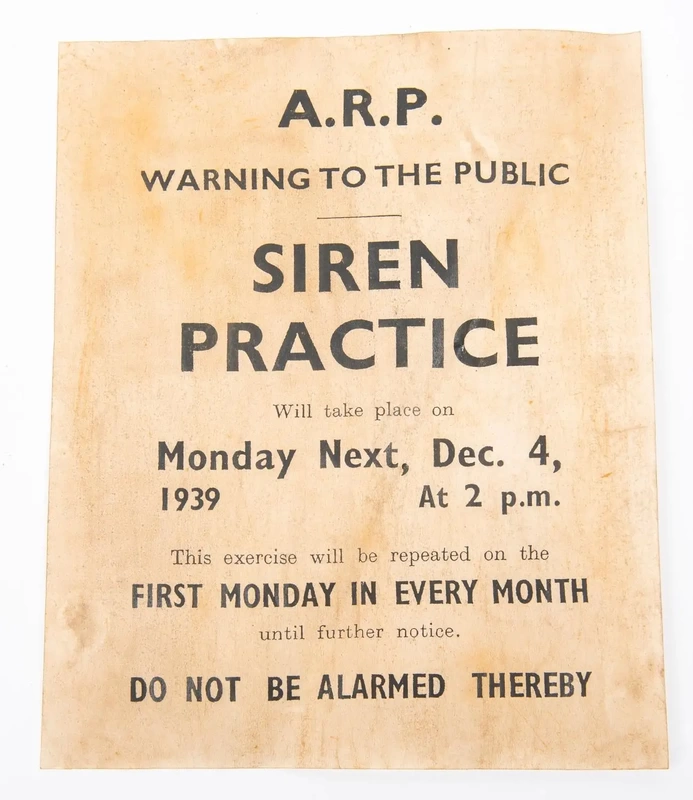
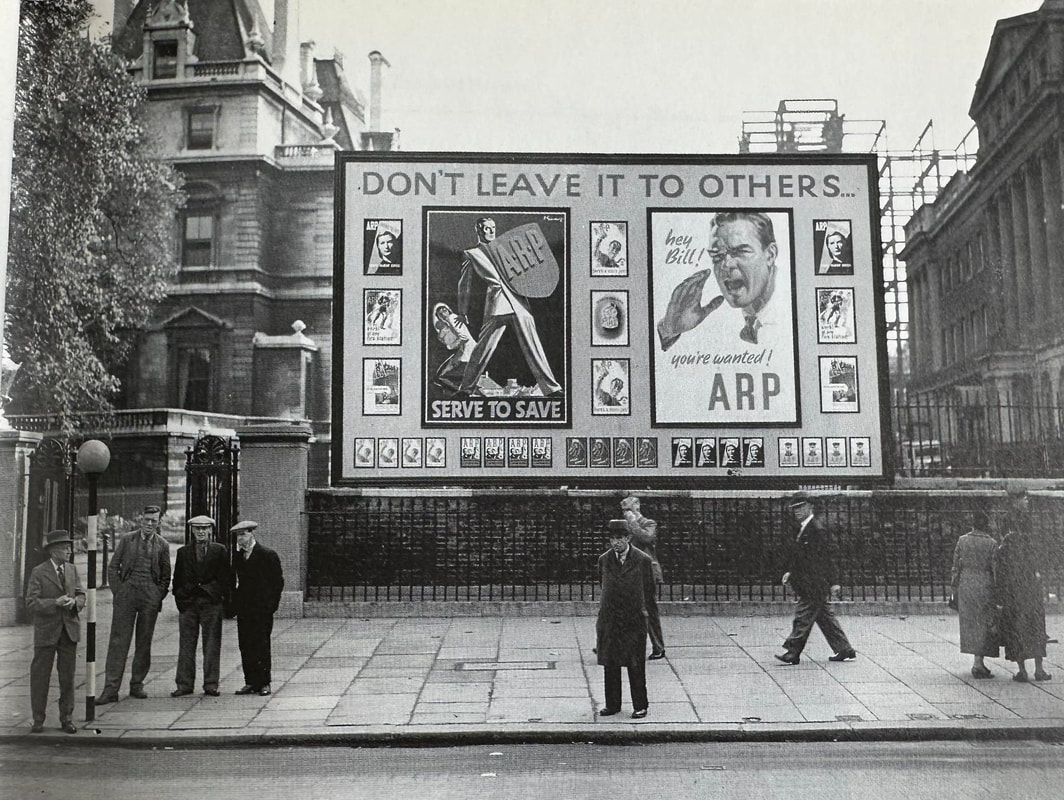
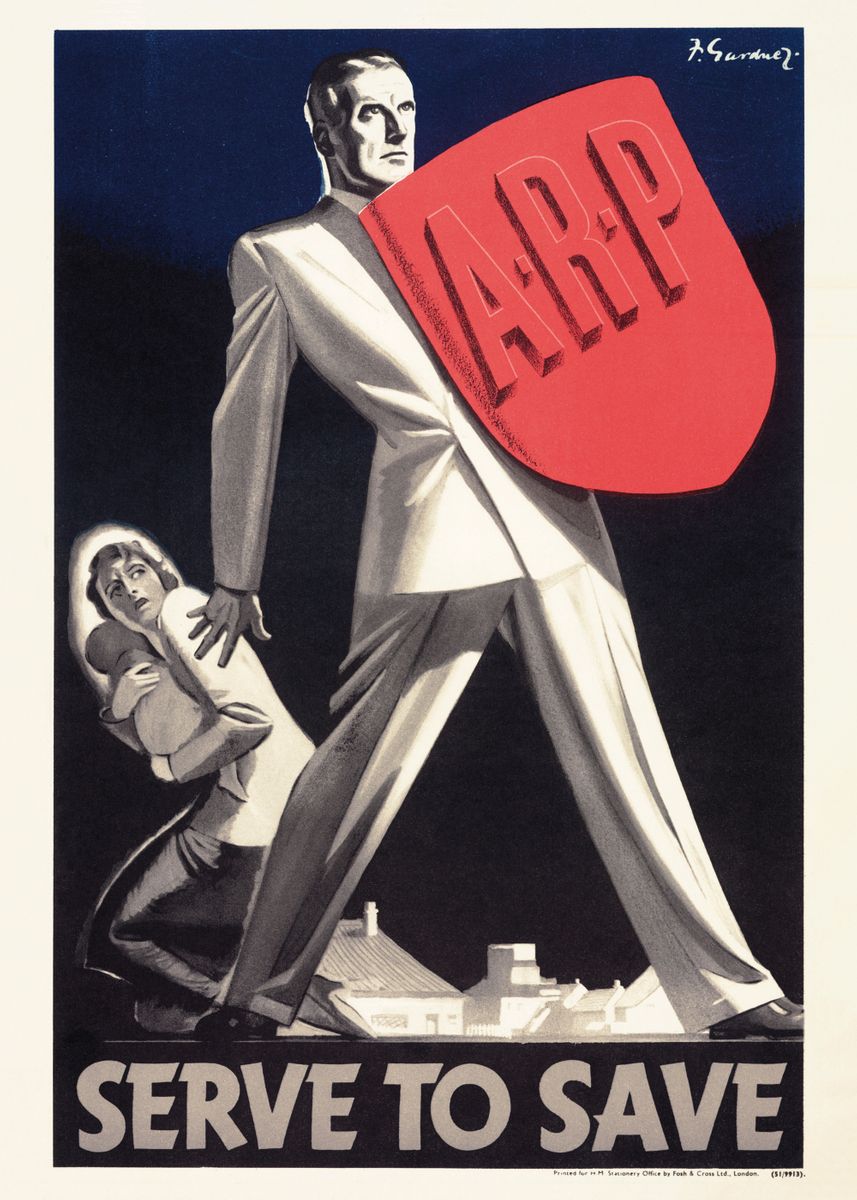
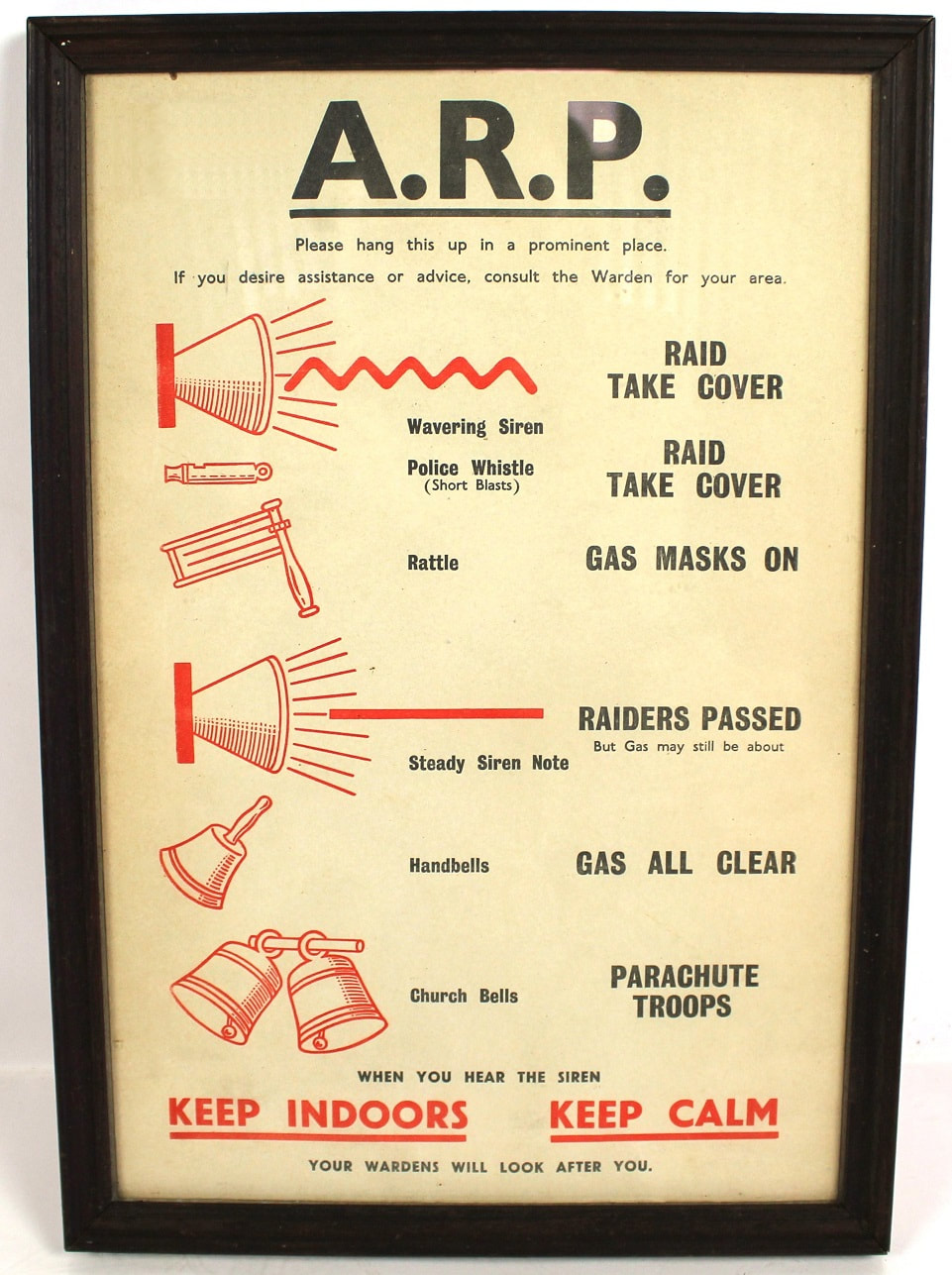
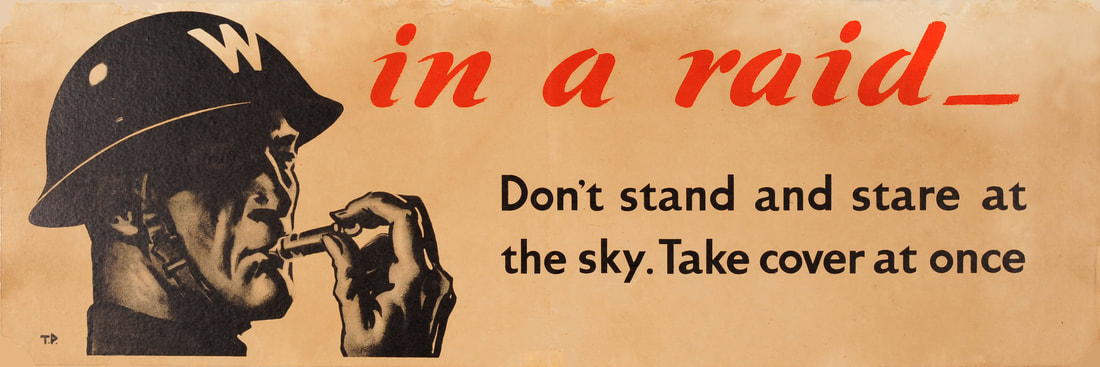

 RSS Feed
RSS Feed